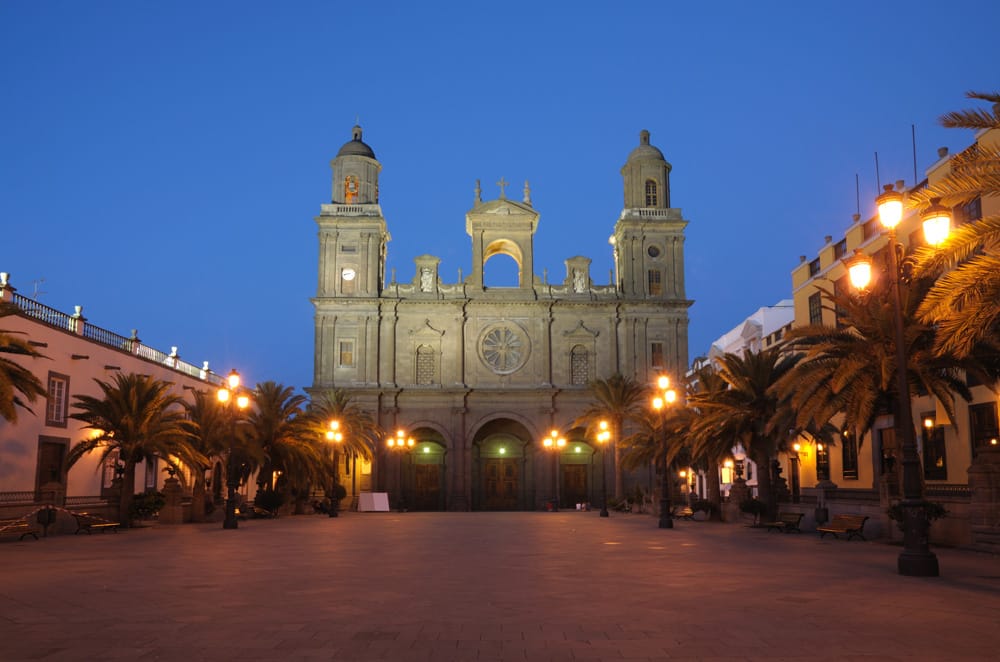Our Network on the Iberian Peninsula.
With the full integration of Azkar into the DACHSER network, we are the ideal partner for your logistical challenges throughout the Iberian Peninsula. See for yourself!
 Click on our locations for further information.
Click on our locations for further information.
40° 23’ 0’’ N 3° 43’ 0’’ W
Madrid
605.770
3.165.541
27-33 °C
Travel tip


























